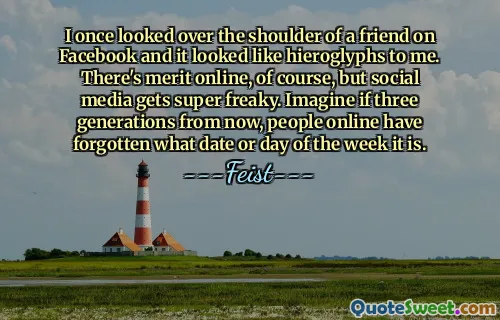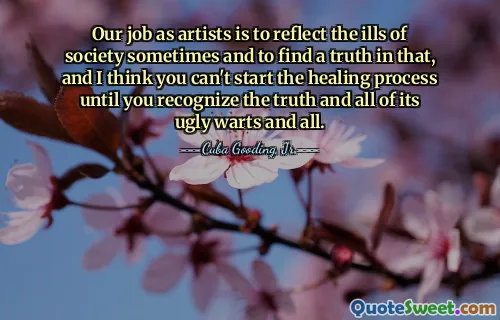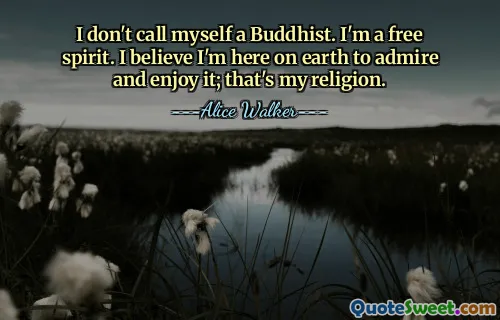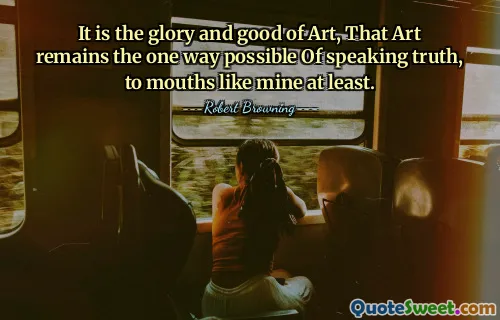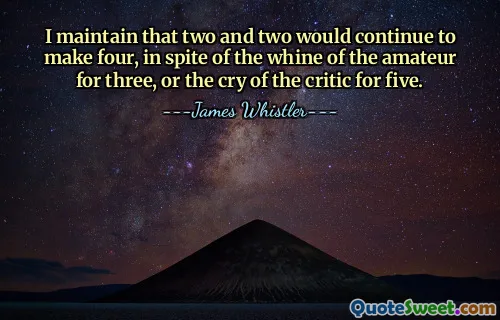
The means through which people may perceive Truth have forms
This quote highlights the tangible and intangible methods through which individuals attempt to grasp or understand Truth. It suggests that Truth is elusive in its pure form, lacking a fixed or concrete shape, but our perception of it is mediated through various forms—such as language, art, science, philosophy, and personal experience. These forms serve as lenses or tools that shape our understanding, each with its strengths and limitations. For example, scientific methods employ empirical evidence and logical reasoning to approximate Truth within a certain context, yet they may fall short in capturing its complete essence. Artistic expression offers a more subjective approach, embodying emotional and aesthetic truths that resonate on a deeply personal level but may not be universally verifiable. Language, while fundamental to communication, inevitably involves interpretation and may introduce distortions or biases in conveying Truth. The diversity of these forms underscores the complexity of perceiving Reality—each form influences and constrains our comprehension, so no single method can fully encompass Truth's entirety. Moreover, these forms are dynamic; they evolve with culture, technology, and individual insight, reflecting our ongoing quest to understand the fundamental nature of existence. Recognizing that perceptions of Truth are mediated by various forms encourages humility and openness, reminding us that our grasp is always partial and liable to refinement or revision. Embracing this multiplicity helps foster deeper empathy and dialogue, as different perspectives and methods contribute to a more holistic understanding of Reality. Ultimately, the quote invites us to consider that Truth is not static but manifests in myriad shapes, accessible through diverse means that continually refine our insight into life's profound questions.




